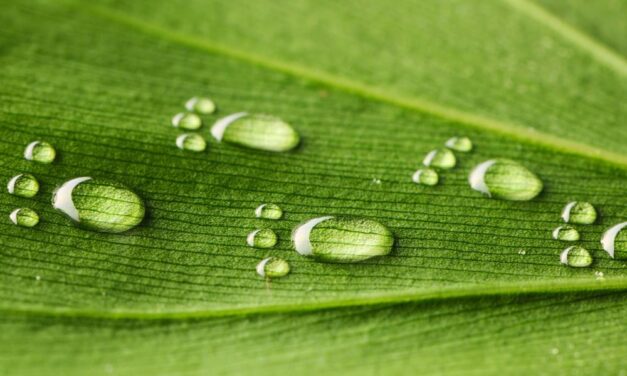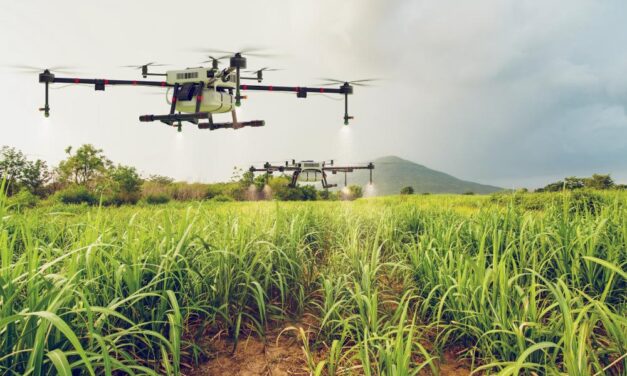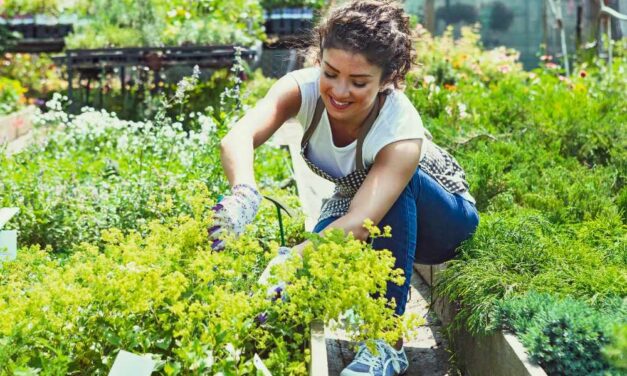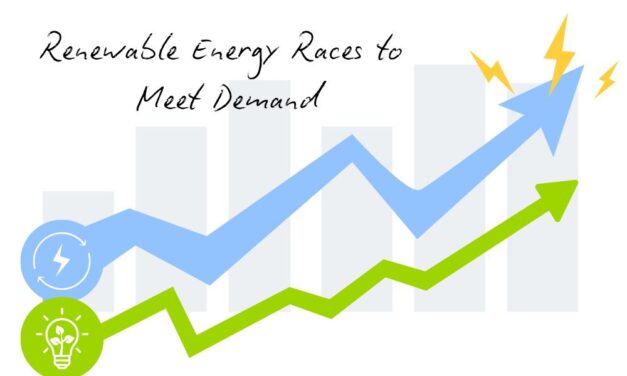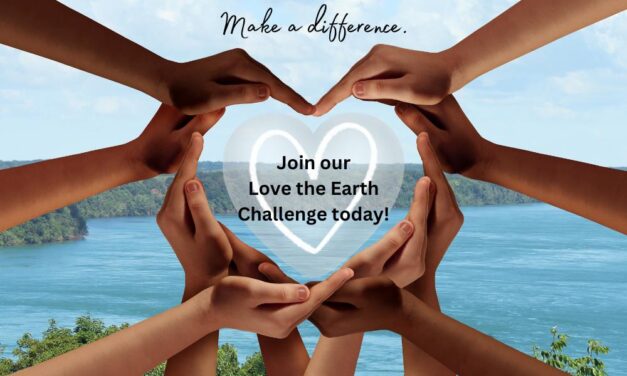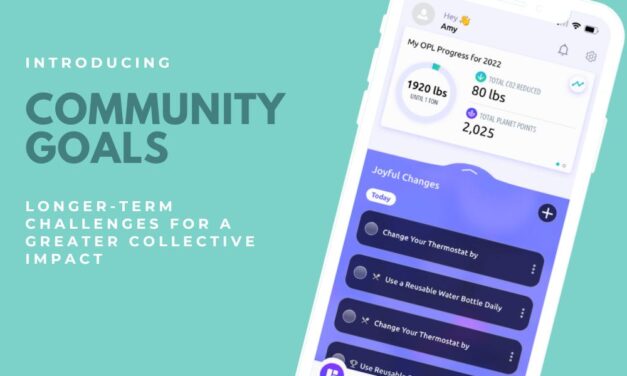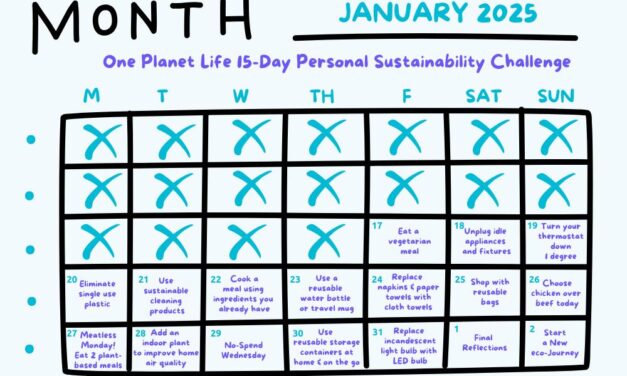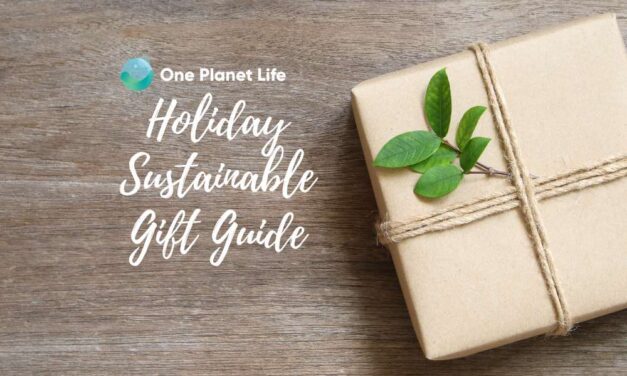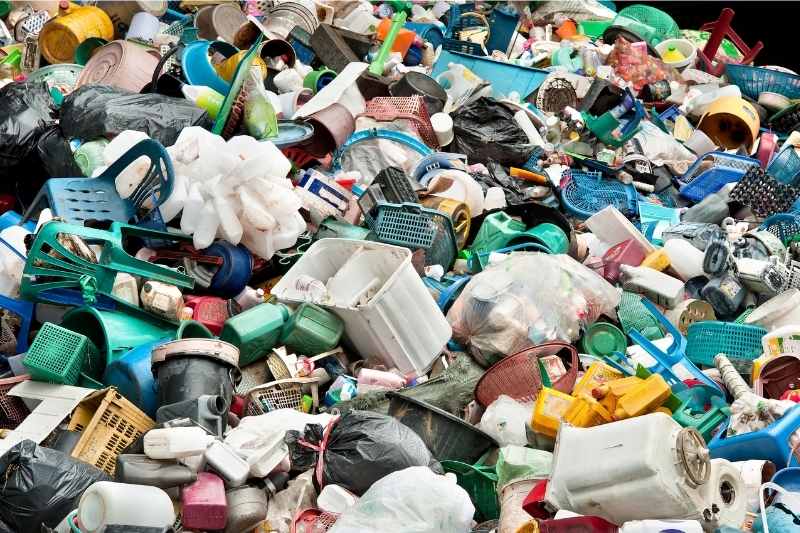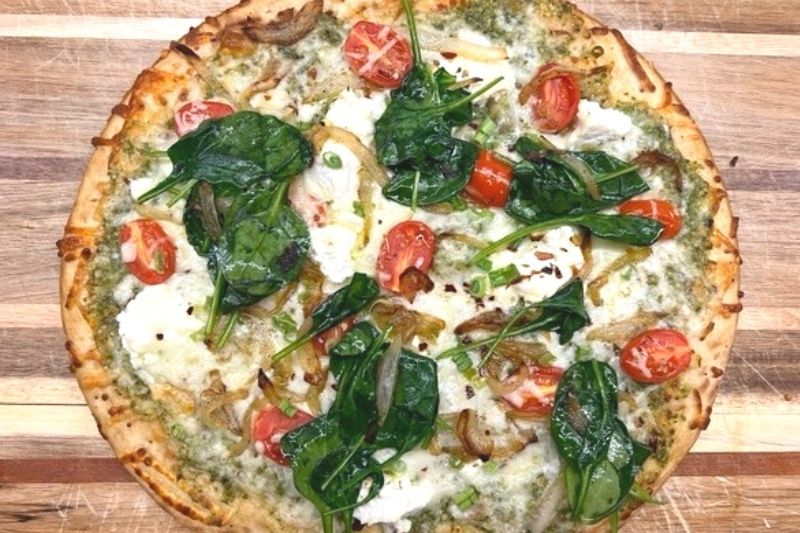Category: Joyful Changes
The Hidden Water Footprint of Everyday Items
Become a more water-conscious consumer by understanding the hidden water footprint lurking behind common household products.
Read MoreTackling the Food Emissions Crisis
One Planet Life shares Project Drawdown’s webinar on food emissions. Changing the way we handle food waste is a critical climate solution.
Read MoreGrowing Wellness: 7 Health Benefits of Gardening
Gardening provides numerous physical, mental, and emotional advantages. Here are 7 reasons you should enjoy the health benefits of gardening.
Read MoreRenewable Energy Transitions Race to Meet Increasing Demands
America’s renewable energy transition projects are straining to meet rapidly rising energy demands. Discover more about our energy landscape.
Read MoreShow Our Planet You Care. Join the Love the Earth Challenge Today!
Earth Day is right around the corner! Be a warrior for change this year and join One Planet Life’s Love the Earth Challenge.
Read MoreEmbrace Sustainable Living with New Community Goal Challenges
Live more sustainably with the help of the One Planet Life app. Discover new Community Goal Challenges to keep you motivated all year long!
Read More2024: A Year of Collective Action and Planet-Saving Impact
The OPL community’s collective action continued in 2024. Discover how we made our world more sustainable through small, meaningful actions.
Read MoreStart 2025 Off Right with Our 15-Day Sustainability Challenge
Crafting a more mindful existence doesn’t need to be hard. Join our 15-Day Sustainability Challenge for a head start to a greener life!
Read MorePrioritize Self-Care with OPL’s Winter Wellness Challenge
Prioritize your self-care and make a conscious effort to be kind to yourself this holiday season. Join OPL’s Winter Wellness Challenge.
Read MorePhilanthropic Giving: A Fresh Approach to Gifting
Our holiday guide for sustainable and philanthropic giving has ideas for every person on your list. Cheers to a happy and greener planet!
Read MoreServe a Veggie-Forward Feast with OPL’s Holiday Recipe Roundup
Choose to celebrate sustainably this year by offering your guests a veggie-forward feast that is both flavorful and kind to the planet.
Read MorePrepare for a Sustainable Holiday Season with OPL’s Gathering and Gifting Challenge
Join OPL’s Gathering and Gifting Challenge to reduce your waste, create greener eating habits, and gift and celebrate sustainably.
Read More
Recent Posts
-

-

-
 Decadent Chocolate and Strawberry TartJul 1, 2025
Decadent Chocolate and Strawberry TartJul 1, 2025 -
 Creamy Banana “Nice Cream”Jul 1, 2025
Creamy Banana “Nice Cream”Jul 1, 2025 -
 Deliciously Vibrant Veggie Pizza For SharingJul 1, 2025
Deliciously Vibrant Veggie Pizza For SharingJul 1, 2025

